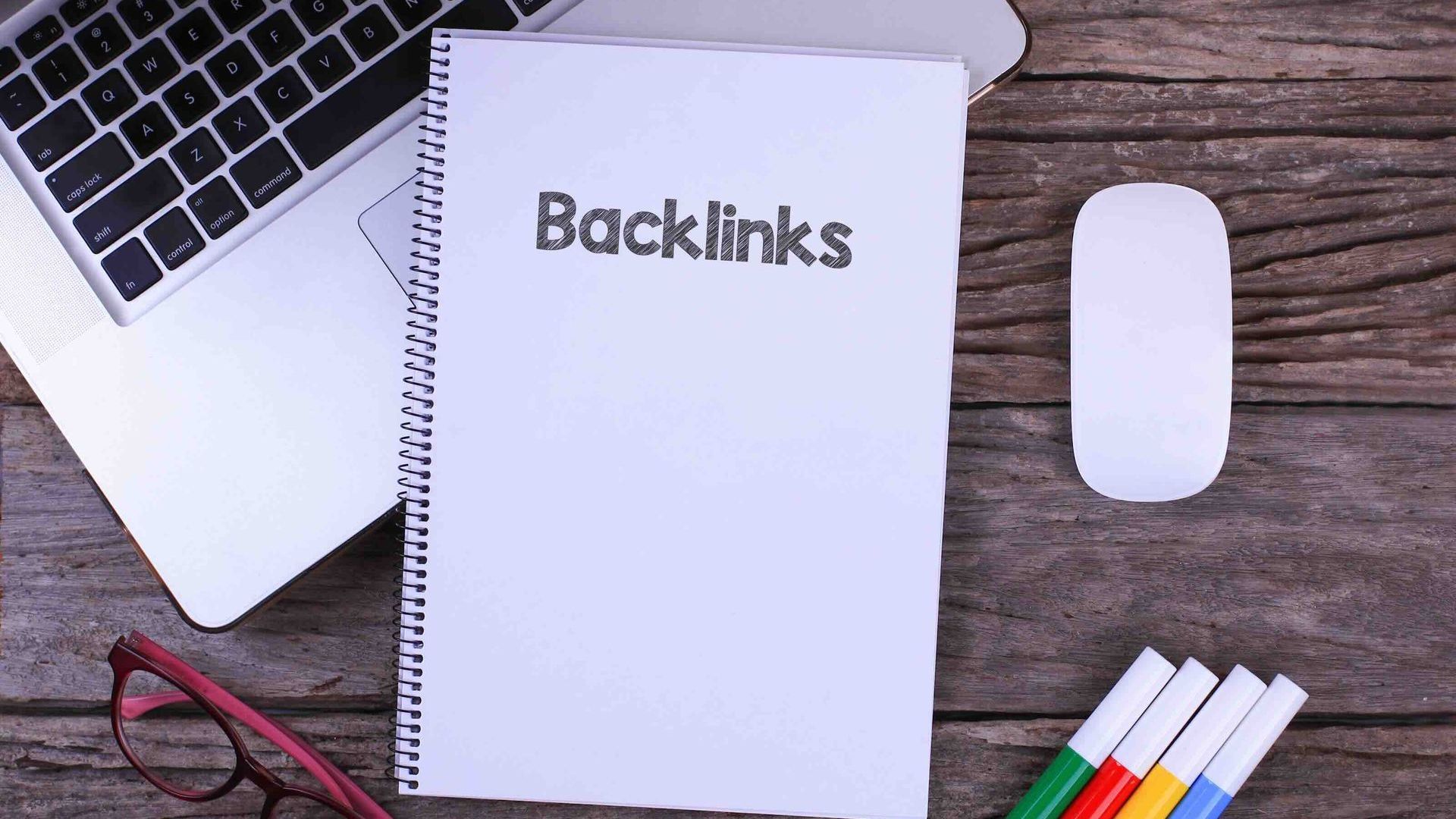Backlink Detox - How to Identify and Disavow Toxic Links
Not all backlinks are beneficial for SEO. Toxic backlinks often originate from spammy, low-quality, or irrelevant websites and can harm your search rankings and reputation. Addressing these harmful links through a backlink detox process is crucial for maintaining the health of your website's SEO profile.
📲 Do you need an expert SEO company to help monitor Google Analytics 4? Schedule a Call with Speck Designs. 📞

Understanding the Importance of Backlink Quality
Search engines like Google evaluate backlinks as votes of confidence. Websites with high-quality backlinks from authoritative sources are more likely to rank higher in search results.
When disreputable or irrelevant sites link to your website, it can signal to search engines that your site is untrustworthy. Over time, this can lead to penalties that negatively impact your search visibility.
The importance of backlink quality cannot be overstated. A strong backlink profile can enhance your online authority, drive organic traffic, and boost your brand's credibility. Conversely, a weak or toxic backlink profile can do significant damage, making it critical to promptly identify and address harmful links.
Identifying Toxic Backlinks
The first step in backlink detox is identifying which links harm your site. Toxic backlinks are those that fail to meet Google's quality guidelines. They typically come from websites that use manipulative practices, such as link farms, paid link schemes, or irrelevant niche directories. These links may also originate from hacked websites or contain anchor text stuffed with keywords.
To identify toxic backlinks, analyze your website's profile using SEO tools such as Google Search Console, Ahrefs, SEMrush, or Moz. These tools provide a comprehensive view of the sites linking to your content and can help you evaluate their quality. Look for red flags such as a high volume of links from a single domain, links from sites with low domain authority, or links from unrelated niches. You should also consider the anchor text used in the backlinks; overly optimized or irrelevant anchor texts can signify manipulative practices.
Another essential factor to assess is the nature of the linking website's content. Websites with thin, duplicate, or spammy content are likely to pass on their poor reputation to your site. By carefully reviewing these links, you can list those that may harm your website's SEO performance.
Evaluating the Impact of Toxic Backlinks
Once you have identified potential toxic backlinks, it's essential to evaluate their impact on your site's performance. Toxic links can lead to penalties such as reduced rankings or removal from Google's index. To assess the severity of the issue, monitor key metrics like organic traffic, keyword rankings, and overall site visibility. A sudden drop in these metrics may indicate a penalty caused by harmful backlinks.
Use SEO tools to calculate a "toxicity score" for your backlinks. This score can help you prioritize which links to address first. High-toxicity links should be your primary focus, as they pose the most significant risk to your website's performance. Understanding the impact of toxic backlinks ensures that your detox efforts are targeted and effective.
Preparing for the Detox Process
Before removing or disavowing toxic backlinks, gathering all necessary data and having a clear strategy is essential. Start by organizing your list of harmful links into categories based on their sources, anchor texts, and toxicity levels. This will help you streamline the detox process and avoid addressing the same links multiple times.
Next, document your findings and create a plan of action. This plan should include steps for contacting webmasters, requesting link removals, and using Google's Disavow Tool if necessary. A structured approach will ensure you can effectively address the problem without disrupting your site's overall SEO efforts.
Removing Toxic Backlinks
The preferred method for dealing with toxic backlinks is manually removing them. This involves reaching out to the webmasters of the sites linking to yours and politely requesting the removal of harmful links. When contacting webmasters, provide specific details about the link in question and explain why its removal is necessary. Be professional and courteous in your communication to increase the likelihood of a positive response.
In some cases, webmasters may not respond to your requests or may refuse to remove the link. In such situations, proceed to the next step: disavowing the link.
Disavowing Toxic Backlinks
Google's Disavow Tool is a powerful resource for addressing toxic backlinks that cannot be removed manually. By submitting a disavow file, you inform Google that certain links should not be considered when evaluating your site's ranking. To use this tool effectively, create a plain text file containing a list of URLs or domains you wish to disable. Ensure that the file follows Google's formatting guidelines to avoid errors.
Once your disavow file is ready, submit it through Google Search Console. Keep in mind that disavowing links should be a last resort, as it signals to Google that you are unable to manage your backlink profile effectively. Use this tool judiciously and only for links that pose a significant risk to your site's performance.
Monitoring and Maintaining Your Backlink Profile
Backlink detox is not a one-time process. The online landscape is constantly evolving, and new toxic links can emerge over time. To ensure the long-term health of your website's backlink profile, monitor your backlinks regularly using SEO tools. Set up alerts to notify you of any new links pointing to your site, and evaluate their quality promptly.
Additionally, focus on building high-quality backlinks from reputable sources to strengthen your SEO profile. By maintaining a strong and healthy backlink strategy, you can safeguard your site against potential penalties and improve its overall performance in search rankings.
Key Takeaways
Toxic backlinks can have a detrimental impact on your website's SEO and online reputation. Identifying and disavowing these harmful links is essential for maintaining a strong and healthy backlink profile. By understanding the characteristics of toxic backlinks, evaluating their impact, and taking proactive steps to address them, you can protect your site from penalties and enhance its search visibility.
The backlink detox process requires diligence and ongoing effort, but the rewards are well worth it. A clean backlink profile can boost your site's authority, improve its rankings, and ensure a positive user experience for your audience. Embrace the practice of regular backlink audits and prioritize quality over quantity to achieve lasting success in your SEO strategy.









